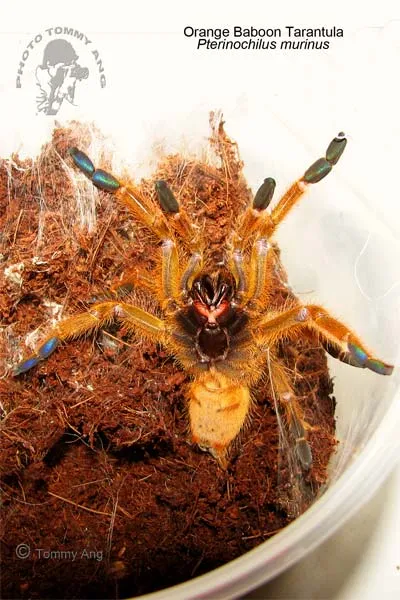Setting up an Orange Baboon Tarantula enclosure correctly is crucial for the well-being and longevity of your pet. These fascinating creatures, native to Africa, require specific environmental conditions to thrive. This guide provides a comprehensive overview of how to build and maintain the perfect Orange Baboon Tarantula enclosure, ensuring your tarantula lives a healthy and stress-free life. From choosing the right size and materials to maintaining optimal temperature and humidity, we’ll cover everything you need to know. Proper enclosure setup not only ensures the tarantula’s physical health but also contributes to its overall happiness and the enjoyment you get from observing this amazing species.
Choosing the Right Orange Baboon Tarantula Enclosure
The foundation of a healthy Orange Baboon Tarantula is a well-chosen enclosure. Several factors come into play when selecting the perfect home for your spider. The size, material, and ventilation of the enclosure are all critical components that impact the spider’s overall well-being. Understanding these considerations ensures you provide an environment that mimics the tarantula’s natural habitat as closely as possible, thus promoting its health and encouraging natural behaviors. Remember that proper enclosure setup is an investment in your tarantula’s health and your enjoyment of it.
Size Matters
The enclosure’s size should allow the tarantula to move comfortably. As a general rule, the enclosure should be at least three times the tarantula’s leg span in width and length. Orange Baboon Tarantulas are terrestrial spiders, so the enclosure’s height is less critical but should still be sufficient to avoid restricting the spider’s movement and allow enough space for substrate depth. A cramped enclosure can stress the tarantula, while one that is too large can make it feel insecure. Consider the adult size of your tarantula when choosing the initial enclosure, as you will need to upgrade as it grows. Avoid enclosures that are too large to prevent the tarantula from feeling vulnerable, which can impact its feeding and molting cycles.
Material Considerations
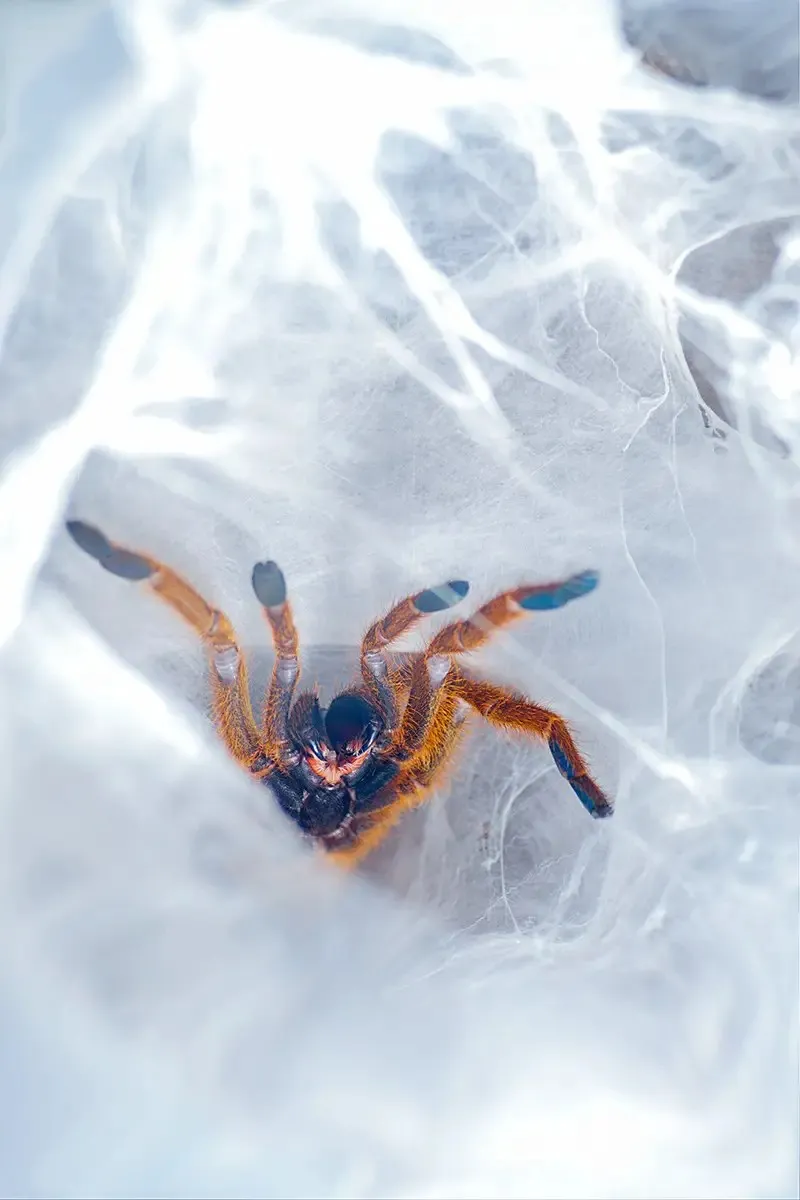
Glass and acrylic enclosures are the most common choices. Glass enclosures offer excellent visibility and are relatively easy to clean. Acrylic enclosures are lighter and less prone to shattering. Both materials offer good options for housing your tarantula. Ensure the enclosure has a secure lid to prevent escapes. The lid should also have ventilation holes that allow for proper airflow. Consider the overall design of the enclosure to ensure it is easy to access for feeding, watering, and cleaning. The material should be non-toxic and safe for the tarantula, ensuring it does not pose a threat to the spider’s health. Choose a material that will withstand humidity and temperature variations without warping or degrading.
Ventilation is Key
Adequate ventilation is vital to prevent mold and mildew growth within the enclosure and to maintain the proper humidity levels. The enclosure should have ventilation holes on the top and/or sides. Cross-ventilation, where air can flow in one side and out the other, is ideal. Avoid enclosures with poor ventilation, as stagnant air can lead to respiratory problems for your tarantula. Ventilation also helps to regulate the temperature within the enclosure, preventing it from becoming too hot or cold. Regular checks to ensure the ventilation holes are not blocked by substrate or debris are essential. Proper ventilation enhances the overall comfort and health of your Orange Baboon Tarantula, ensuring its longevity.
Creating the Ideal Substrate
The substrate is the foundation of your tarantula’s home, providing a natural environment for burrowing, maintaining humidity, and providing a sense of security. Selecting the right substrate is crucial for the health and happiness of your Orange Baboon Tarantula. Several substrate options are available, each with its own advantages and disadvantages. Consider factors like humidity retention, burrowing capability, and ease of cleaning when making your choice. A well-chosen substrate will not only benefit your tarantula but will also contribute to the overall aesthetic appeal of the enclosure, providing a natural look that mimics the tarantula’s native habitat.
Understanding Substrate Needs
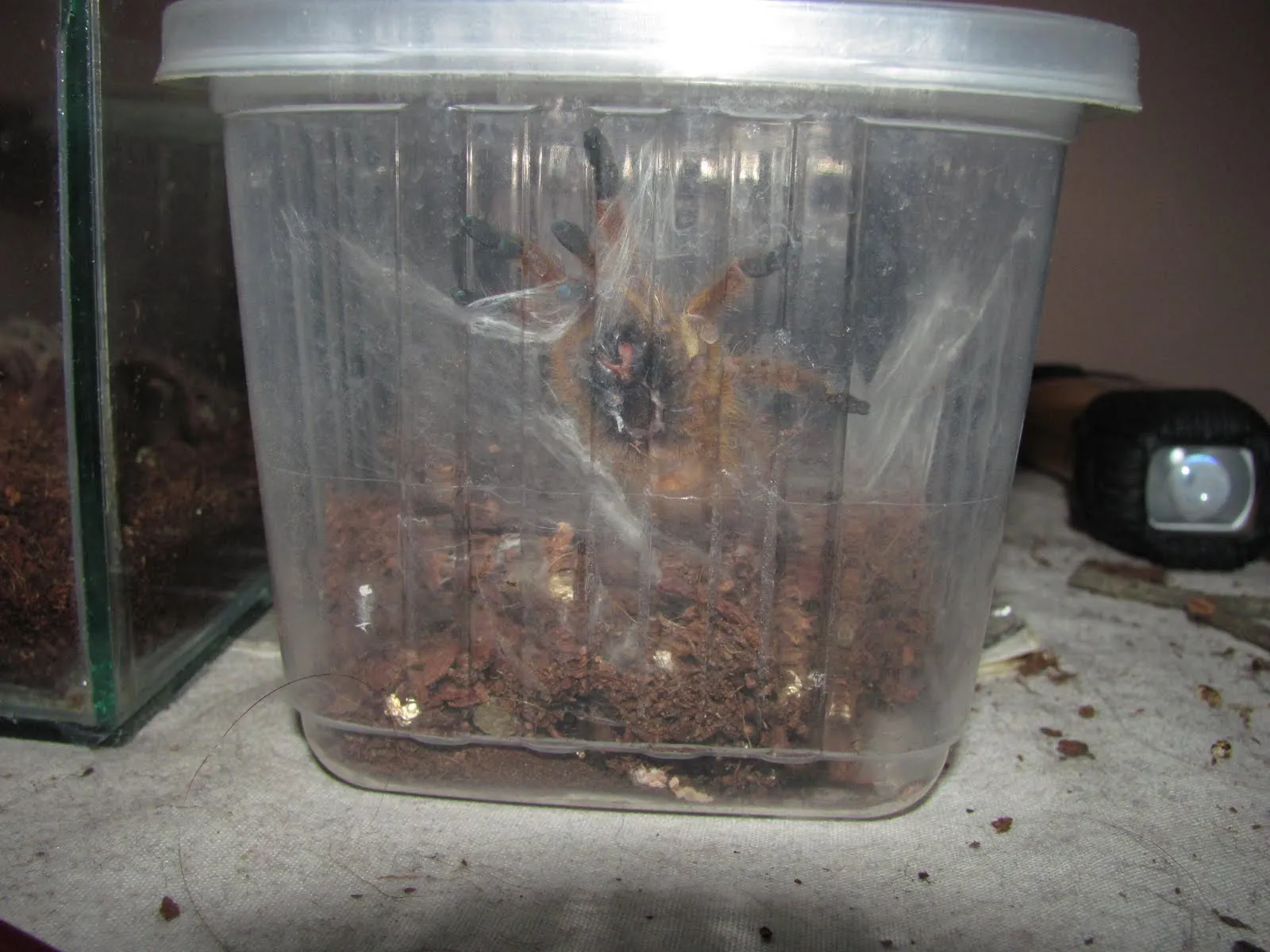
Orange Baboon Tarantulas thrive in a substrate that allows them to burrow. The substrate should be deep enough for burrowing and provide adequate moisture retention to maintain the required humidity levels. The substrate should also be non-toxic and free of any chemicals that could harm your tarantula. Avoid substrates that can mold easily. The substrate should be replaced regularly to prevent the buildup of waste and the growth of harmful bacteria. Monitoring the substrate’s condition is a vital part of the overall enclosure maintenance. The right substrate provides the spider with a secure environment that stimulates its natural behaviors, like burrowing and hunting.
Popular Substrate Choices
A mix of coconut fiber and peat moss is a popular substrate choice for Orange Baboon Tarantulas. Both materials retain moisture well and allow for burrowing. Sphagnum moss can be added to the substrate mix for added moisture retention. Avoid using substrates with sharp particles that could injure your tarantula. Ensure the substrate is free from pesticides or other chemicals. A layer of substrate approximately 4-6 inches deep is generally recommended, providing sufficient space for burrowing. Regularly monitor the substrate’s moisture level and adjust it as needed to maintain optimal humidity.
Maintaining Humidity Levels
Maintaining the correct humidity level is crucial for the health of your Orange Baboon Tarantula. These spiders typically require a humidity level of 60-70%. You can monitor the humidity using a hygrometer placed inside the enclosure. To maintain humidity, mist the enclosure with water regularly. The frequency of misting will depend on the ventilation and the type of substrate used. Ensure the substrate remains slightly damp but not waterlogged. Proper humidity helps with molting and overall health. Regular misting will prevent the spider from drying out and will support its natural behaviors. Adjust misting as necessary to match the humidity readings on the hygrometer, always avoiding excessive moisture.
Essential Decor and Hiding Places
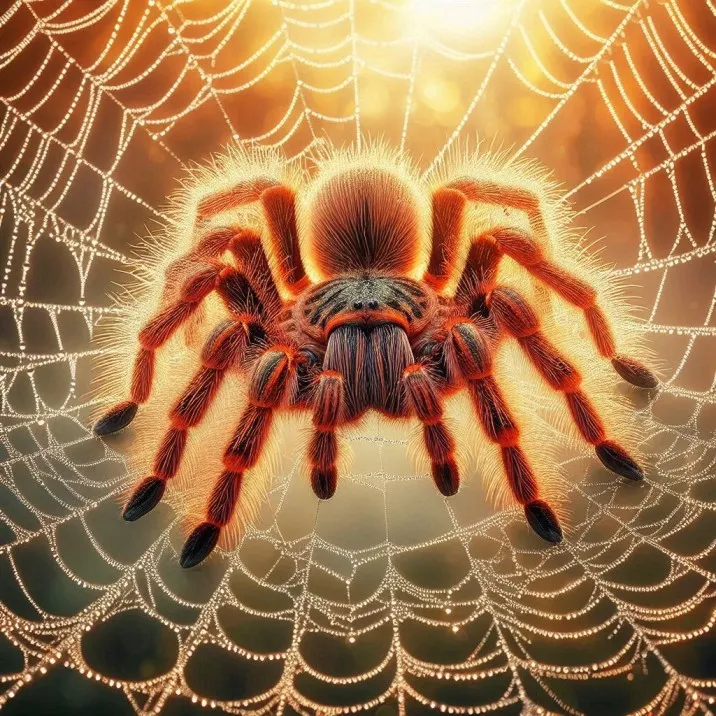
Adding decor to your Orange Baboon Tarantula enclosure enhances its environment and provides the spider with essential elements for security, enrichment, and comfort. A well-decorated enclosure not only provides a more natural-looking habitat but also stimulates the tarantula’s natural behaviors, contributing to its overall well-being. Choosing the right decor and placement is crucial for ensuring your tarantula feels safe and comfortable in its home.
The Importance of Hides
Hides are an essential part of an Orange Baboon Tarantula enclosure, providing a secure retreat where the spider can feel safe and protected. A hide also gives the tarantula a place to molt. Suitable hides include cork bark, half logs, or commercially available spider hides. Ensure the hide is large enough for the tarantula to comfortably fit inside. Place the hide in a spot where the spider can easily access it. The hide should be stable and not prone to tipping over. Providing a hide reduces stress and allows the tarantula to regulate its activity and behavior. The hide provides a place for the tarantula to feel secure, allowing it to relax and display its natural behaviors. The hide allows your spider to retreat when it feels threatened.
Adding Climbing Structures
Although Orange Baboon Tarantulas are terrestrial spiders, they may still appreciate some climbing structures. You can add pieces of cork bark or branches to the enclosure. These structures will provide additional enrichment and can be used for resting or exploring. Ensure any climbing structures are stable and won’t fall and injure the tarantula. Avoid sharp objects that could injure the spider. Climbing structures give your tarantula added interest and can promote exploration. Choose materials that are non-toxic and safe for your tarantula to interact with. These structures give the tarantula more options for its environment.
Water and Feeding Dish Setup
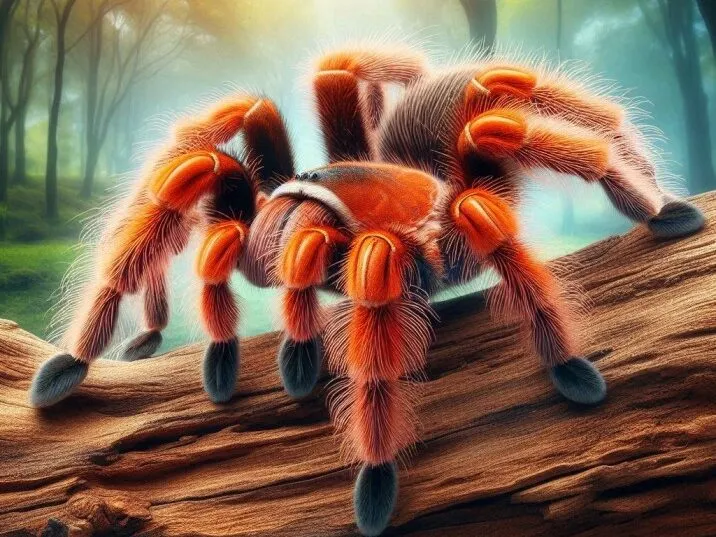
A shallow water dish is essential for providing your Orange Baboon Tarantula with a source of fresh water. The dish should be shallow enough to prevent the tarantula from drowning. The water should be changed regularly to prevent bacterial growth. You can place the water dish near the hide. A feeding dish can also be included, but is not always necessary, as many tarantula keepers feed directly on the substrate. If a feeding dish is used, it should be easily accessible and regularly cleaned. The water dish supports your tarantula’s overall health and hydration. Clean the water dish and refill with fresh water regularly. The water dish will keep your tarantula healthy.
Temperature and Lighting Guidelines
Temperature and lighting play a vital role in the health and well-being of your Orange Baboon Tarantula. These factors affect the spider’s metabolism, activity levels, and overall comfort. Mimicking the natural environment, including providing the proper thermal gradient, is essential for ensuring your tarantula thrives. Careful attention to temperature and lighting will provide the right conditions for your spider to flourish in its enclosure.
Optimal Temperature Range
The ideal temperature range for an Orange Baboon Tarantula is between 75-85°F (24-29°C). You can maintain this temperature using a heat mat or a ceramic heat emitter placed on the side of the enclosure. Avoid placing the heat source directly under the enclosure, as this can cause the substrate to dry out and create an uneven temperature gradient. Always monitor the temperature using a thermometer placed inside the enclosure. Provide a temperature gradient, where one side of the enclosure is slightly warmer than the other. This allows the tarantula to regulate its body temperature. Avoid overheating, which can be dangerous for the tarantula.
Lighting Requirements
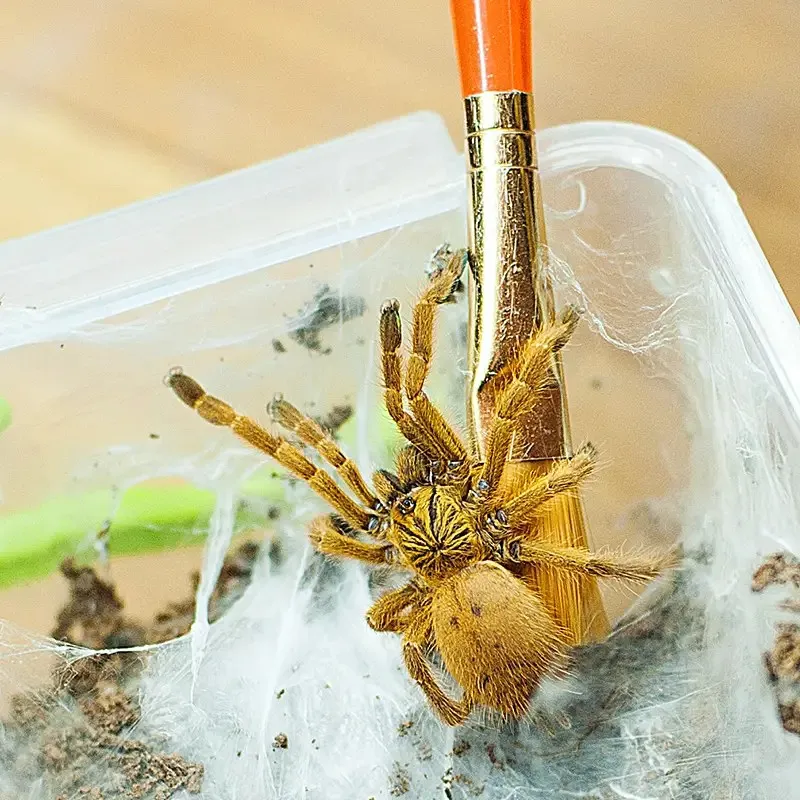
Orange Baboon Tarantulas do not require special lighting. Normal room lighting is generally sufficient. Avoid placing the enclosure in direct sunlight, which can overheat the enclosure and stress the tarantula. If you choose to use a light, use a low-wattage bulb, such as a red or blue light. The light should not be left on 24/7, as it can disrupt the tarantula’s natural day-night cycle. Provide a natural light cycle. The right lighting and temperature will ensure the spider can thrive.
Monitoring and Maintenance
Regular monitoring and maintenance are essential for keeping your Orange Baboon Tarantula healthy. Observing your tarantula’s behavior, checking the enclosure’s conditions, and performing routine maintenance tasks will ensure your pet’s well-being. These tasks will also allow you to detect any potential problems early on, enabling you to take corrective action. The enclosure maintenance is crucial for your spider’s health.
Regular Cleaning Schedule
A regular cleaning schedule is essential for maintaining a healthy enclosure. Spot-clean the enclosure weekly, removing any uneaten food, dead insects, and fecal matter. Replace the substrate every 6-12 months, depending on the type of substrate and the amount of waste produced. Thoroughly clean and disinfect the enclosure during substrate changes. Avoid using harsh chemicals or cleaners, which can be toxic to your tarantula. The regular cleaning will help prevent mold and disease. Clean up any spilled water immediately. Maintaining a clean enclosure will ensure the health and safety of your Orange Baboon Tarantula.
Watering and Humidity Checks
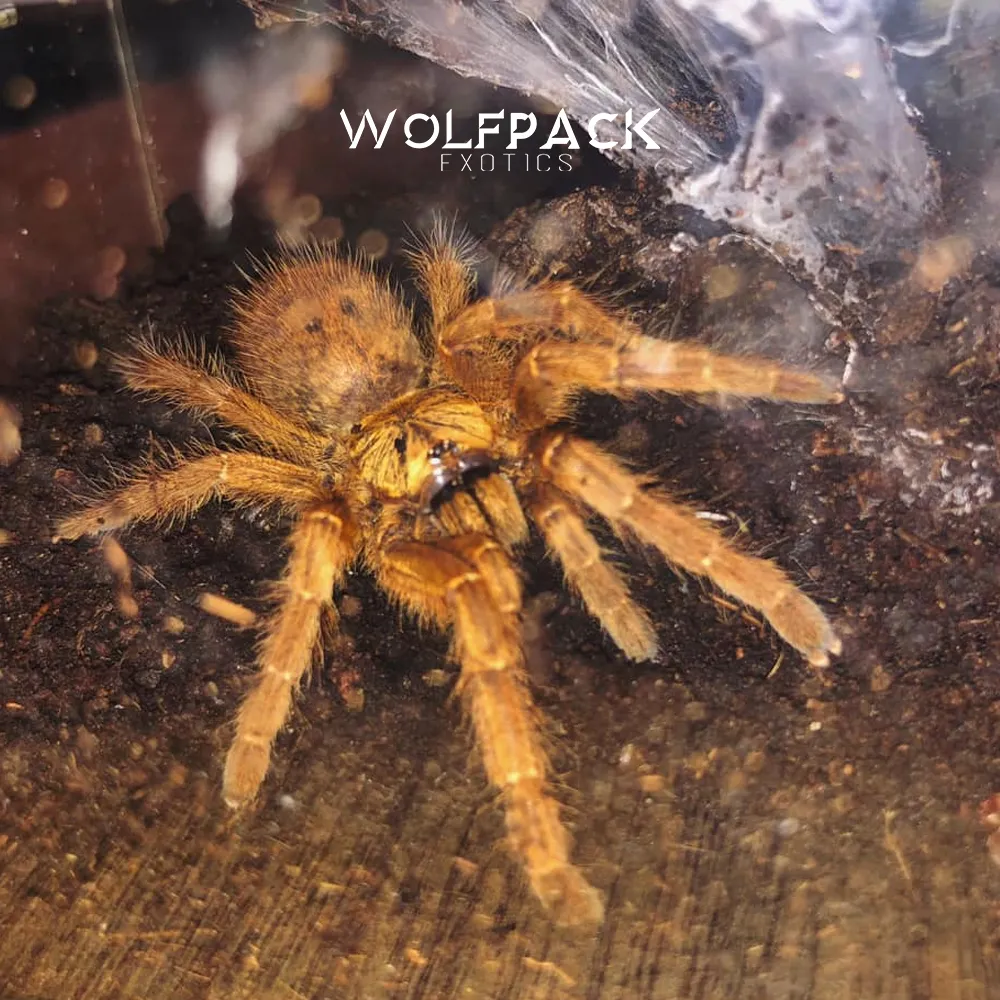
Regularly check the water dish to ensure it is full and clean. Refill the water dish with fresh water as needed. Monitor the humidity levels using a hygrometer. Adjust the misting frequency to maintain the proper humidity level. Ensure the substrate remains slightly damp, but avoid overwatering. Proper humidity is essential for molting. Regular checks help prevent dehydration. The right humidity will ensure your Orange Baboon Tarantula thrives.
Feeding and Waste Removal
Feed your Orange Baboon Tarantula appropriately, usually 1-2 times per week, depending on its size and age. Remove any uneaten food within 24 hours, as it can attract pests and mold. Monitor the tarantula’s abdomen to ensure it is not too thin or too fat. Observe your tarantula for signs of illness or distress. Regularly monitor the waste material and remove it. Maintaining proper feeding and waste management is vital for the health and well-being of your Orange Baboon Tarantula. Proper waste removal will help maintain a clean environment for your tarantula.
In conclusion, creating the perfect Orange Baboon Tarantula enclosure requires attention to detail and a commitment to providing the right environmental conditions. From choosing the right size and materials to maintaining optimal temperature and humidity, the steps outlined in this guide will help you create a thriving habitat for your pet. Remember that proper enclosure setup is an ongoing process. Regular monitoring and maintenance are essential for ensuring your Orange Baboon Tarantula enjoys a long, healthy, and happy life. By following these guidelines, you can provide your tarantula with a secure and enriching environment that promotes its well-being and allows you to enjoy observing this fascinating species. Your care and attention will be rewarded with a healthy and active tarantula.
